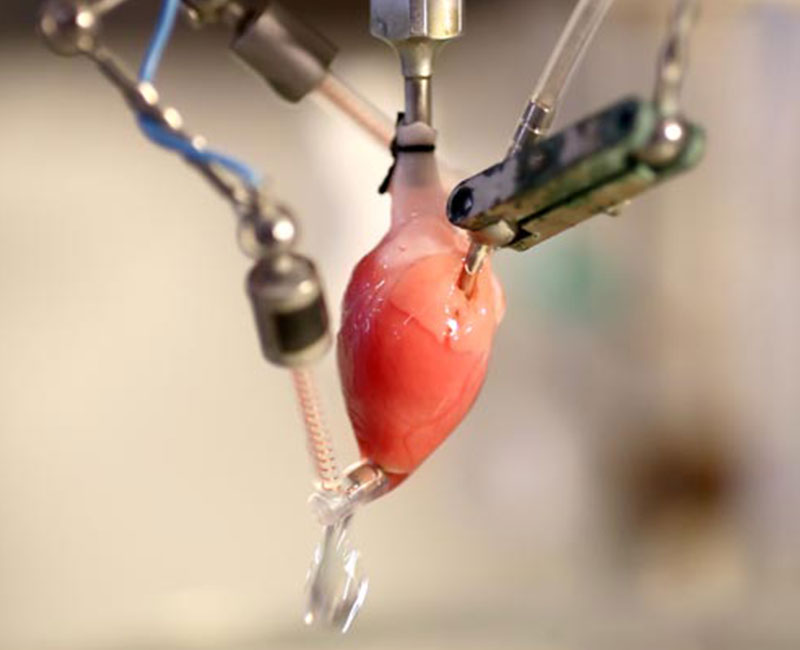ILP - IOP
Isolated limb/organ perfusion technique
Isolated limb/organ perfusion technique is a therapeutic approach that involves selectively isolating an organ or limb from the systemic circulation to provide targeted treatment. This technique allows for the delivery of high doses of medication to a specific area while minimizing the risk of systemic side effects.
The isolated limb/organ perfusion technique is used in a variety of medical contexts, including organ-localized chemotherapy, targeted drug or gene delivery, organ transplantation, and treating organ injuries. In organ-localized chemotherapy, the technique allows for high doses of chemotherapy drugs to be delivered directly to the affected organ or limb, while reducing the potential for systemic toxicity. Similarly, in targeted drug or gene delivery, the technique can be used to deliver therapeutic agents directly to the affected area.
In organ transplantation, the isolated limb/organ perfusion technique can be used to preserve organs for transplantation by maintaining their viability outside of the body. For example, this technique is often used in kidney transplantation to keep the organ viable before it is transplanted into the recipient’s body.
Another important application of the isolated limb/organ perfusion technique is in the treatment of organ injuries. In cases where an organ has been injured but is still viable, the technique can be used to maintain its function and promote healing. By providing a controlled environment with optimal conditions for perfusion, the technique can improve the chances of successful healing and recovery.
Despite its benefits, there are some limitations to the use of the isolated limb/organ perfusion technique. The technique requires specialized equipment and expertise, making it more expensive and less widely available than other treatment options. Additionally, the technique can pose a risk of infection and other complications when not performed correctly.
In conclusion, the isolated limb/organ perfusion technique is a powerful therapeutic tool that provides targeted treatment to specific areas while minimizing the risk of systemic side effects. Its applications in organ-localized chemotherapy, targeted drug or gene delivery, organ transplantation, and treating organ injuries make it an important part of modern medicine. While there are limitations to its use, the technique offers significant benefits for patients in need of localized treatment
